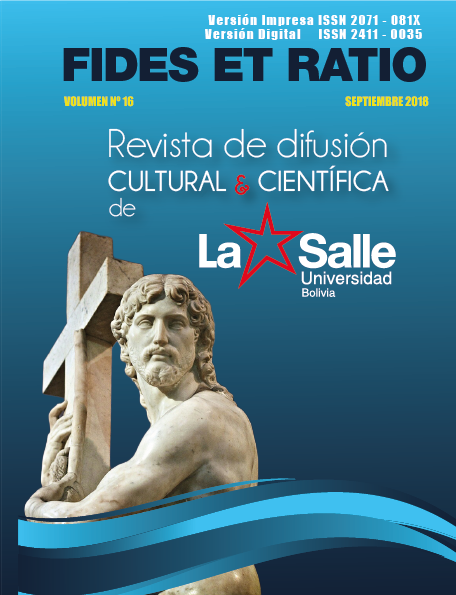La educación matemática en Colombia: origen, avance y despegue
- Autores/as
-
-
Alfonso Segundo Gómez Mulett
, Universidad de Cartagena- ColombiaAutor/a
-
- Palabras clave:
- Colombia, educación matemática, evolucionismo conceptual, períodos
- Resumen
-
Este trabajo tiene por objeto exponer el desarrollo de la educación matemática en Colombia, atendiendo a la intervención de sus principales actores de referencia y a los escenarios sociales en donde estos han expuesto, sometido a escrutinio de la comunidad. Como referentes conceptuales se asume el Evolucionismo Conceptual de Toulmin; para recaudar, organizar, y procesar información pertinente, se utilizaron variadas perspectivas metódicas; así que globalmente puede ser caracterizado como inductivo porque se develaron tendencias a partir de la revisión sistemática de la información. Se concluye que la educación matemática en Colombia aún está en progreso.
- Descargas
-
Los datos de descarga aún no están disponibles.
- Biografía del autor/a
- Descargas
- Publicado
- 09-08-2024
- Sección
- Artículos
- Licencia
-
Derechos de autor 2018 FIDES ET RATIO

Esta obra está bajo una licencia internacional Creative Commons Atribución-NoComercial-SinDerivadas 4.0.










